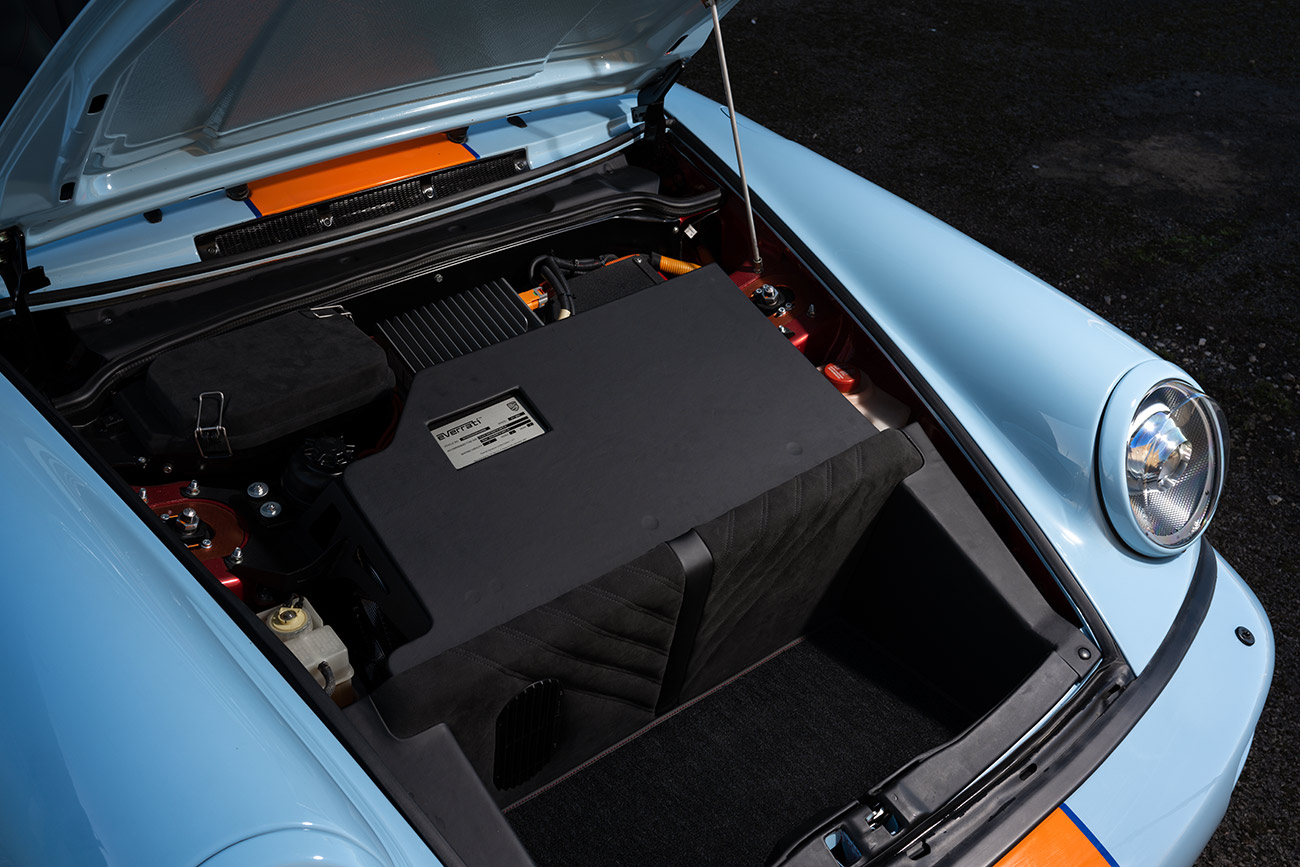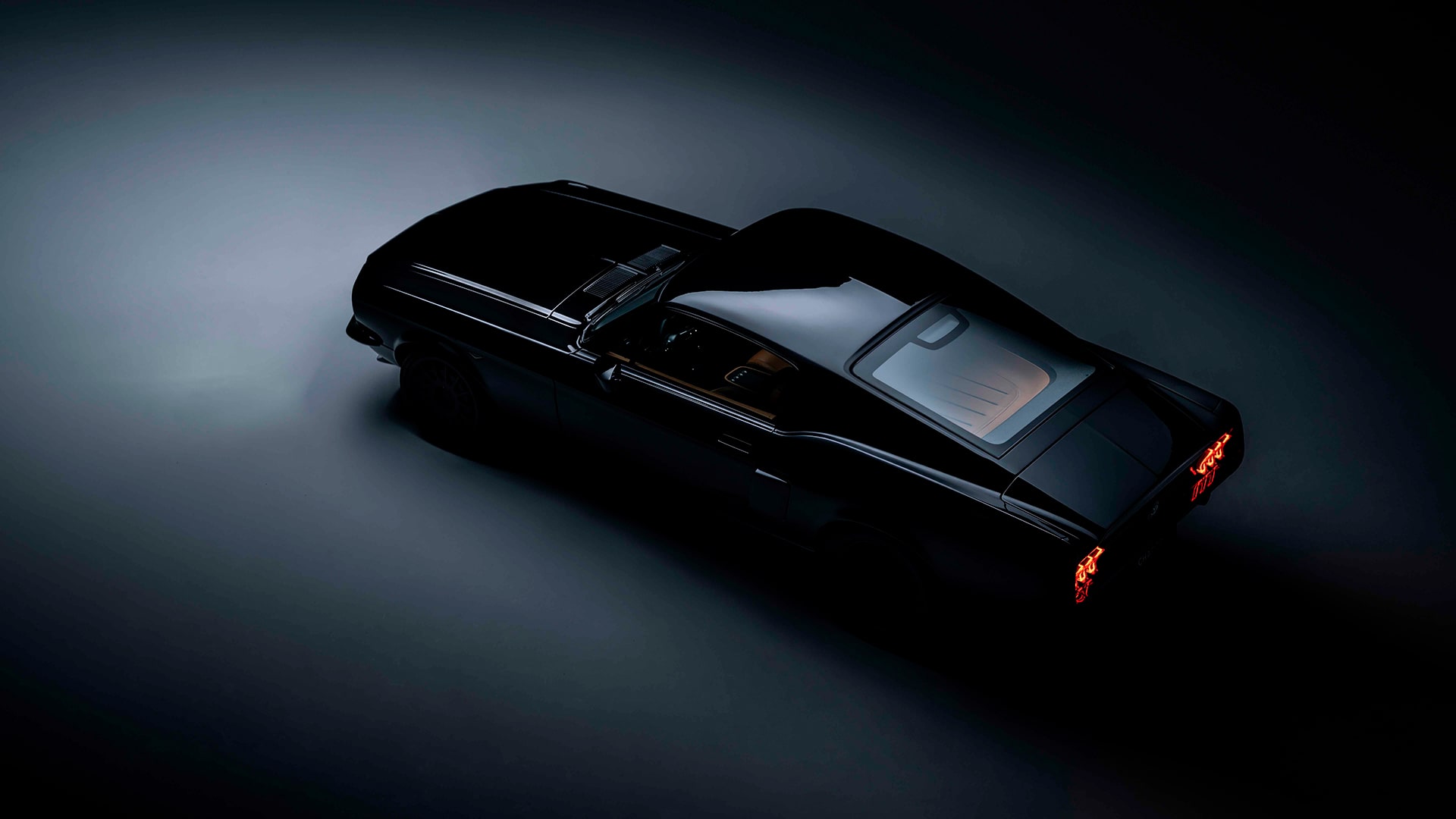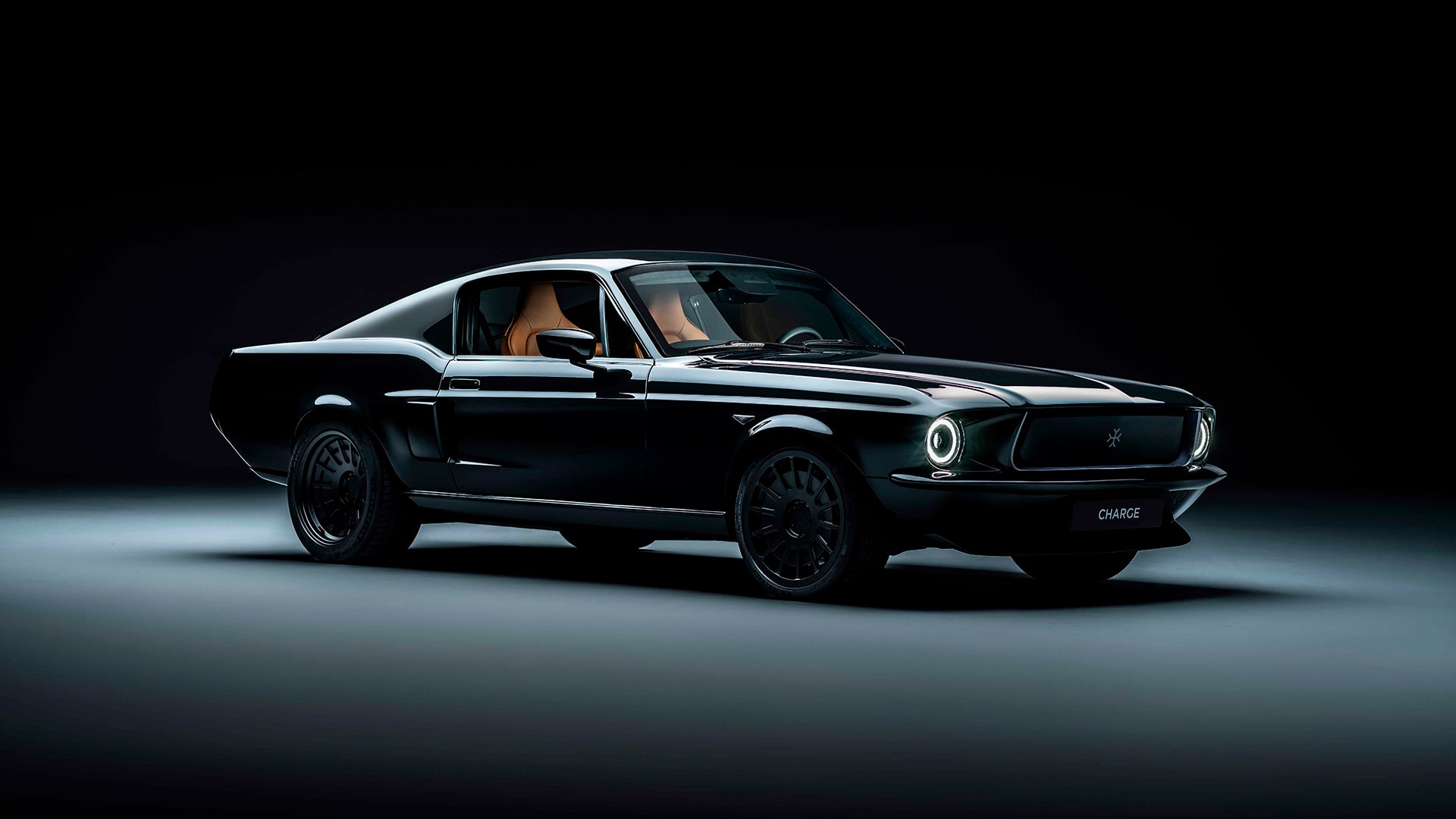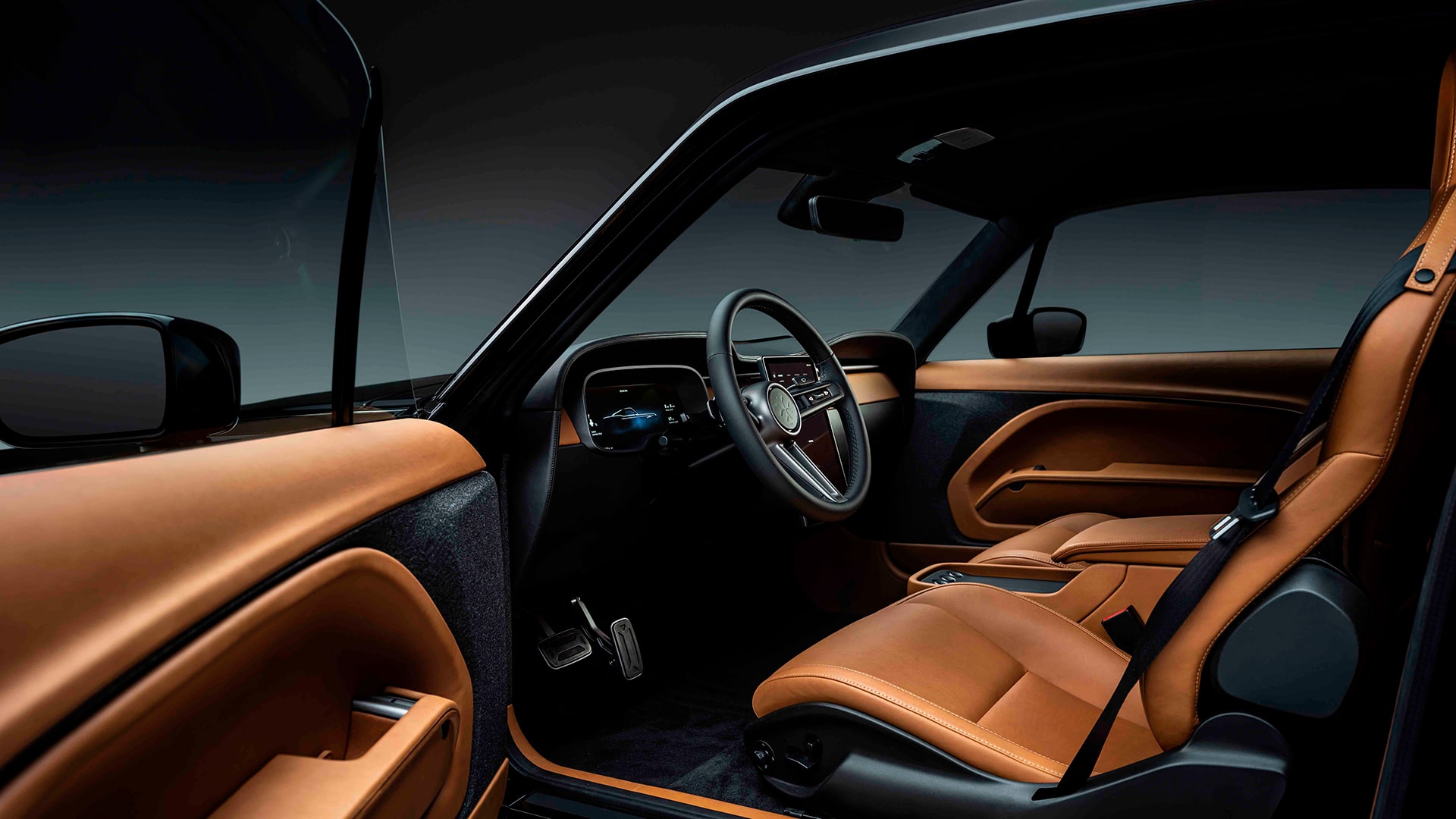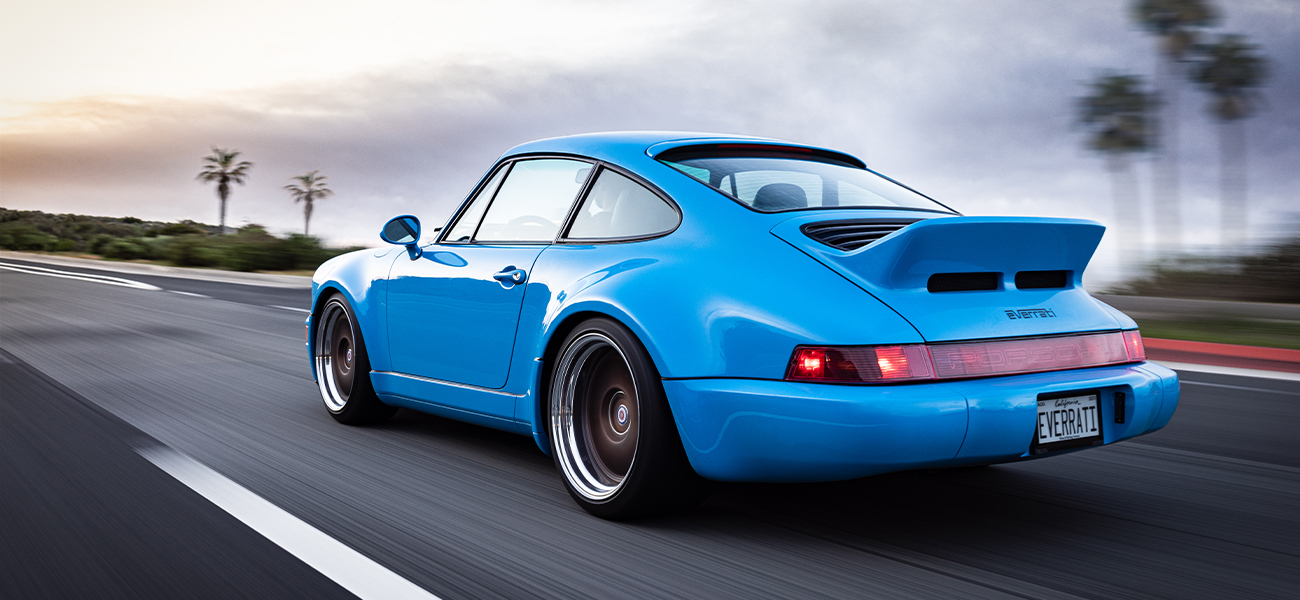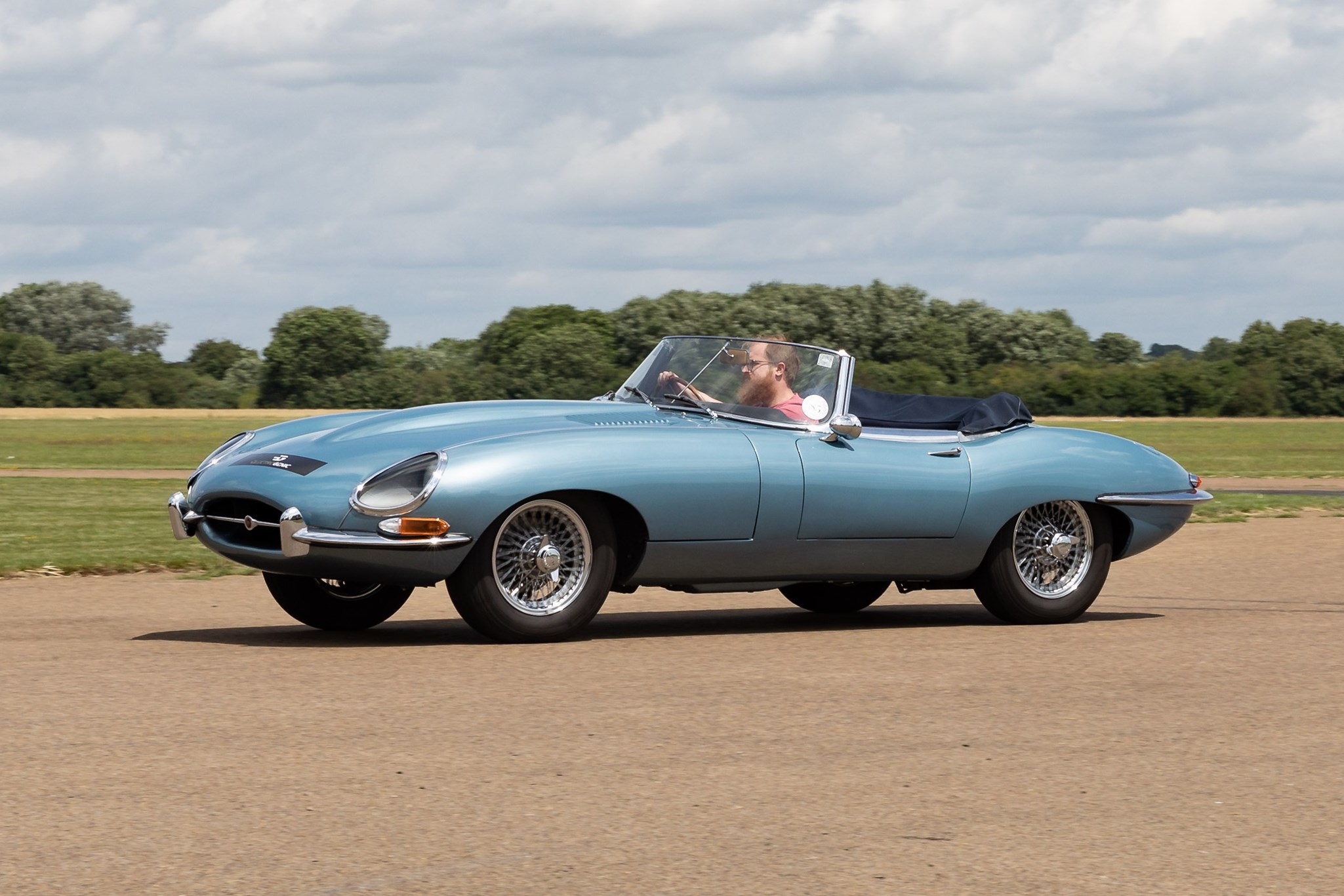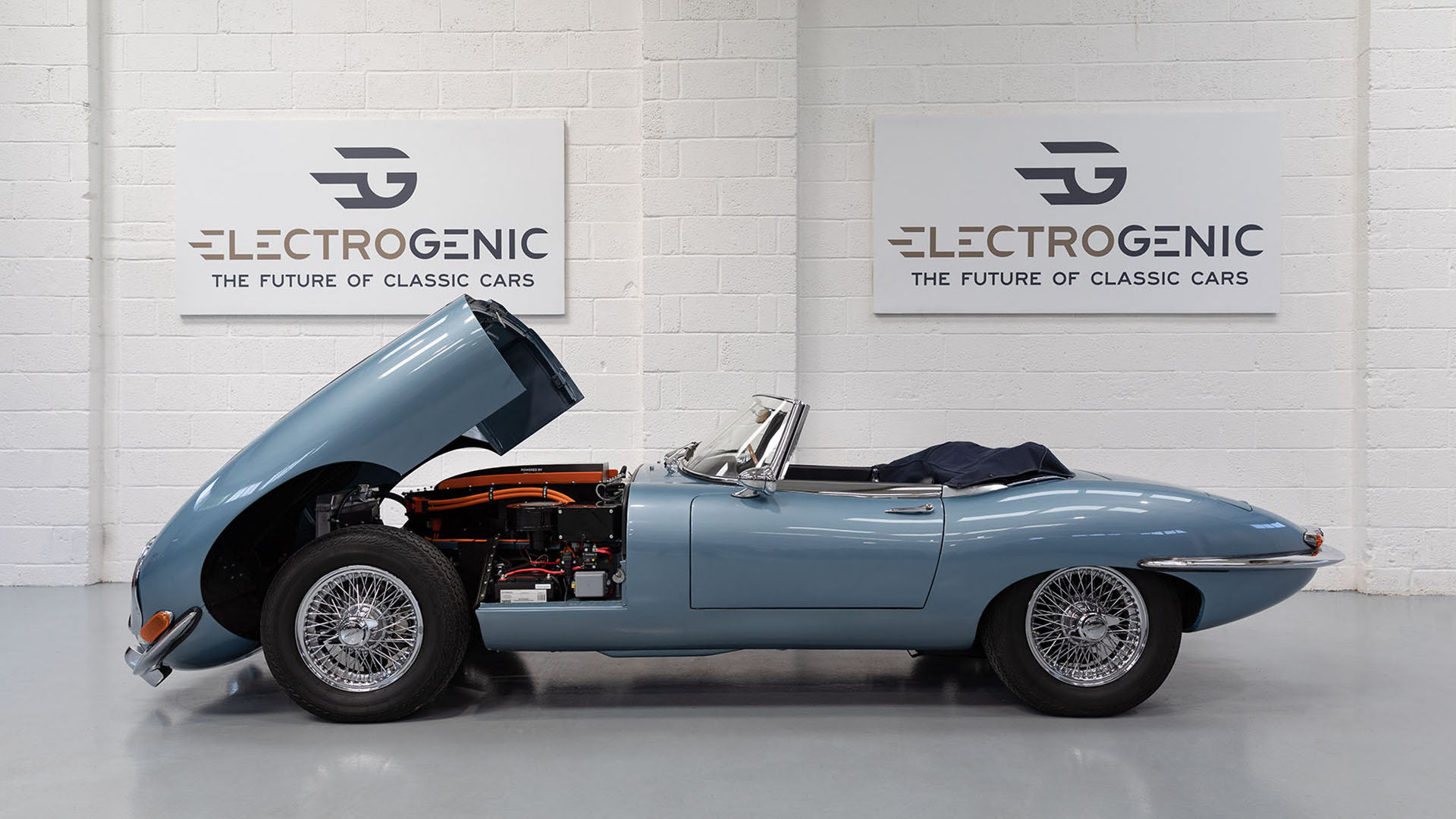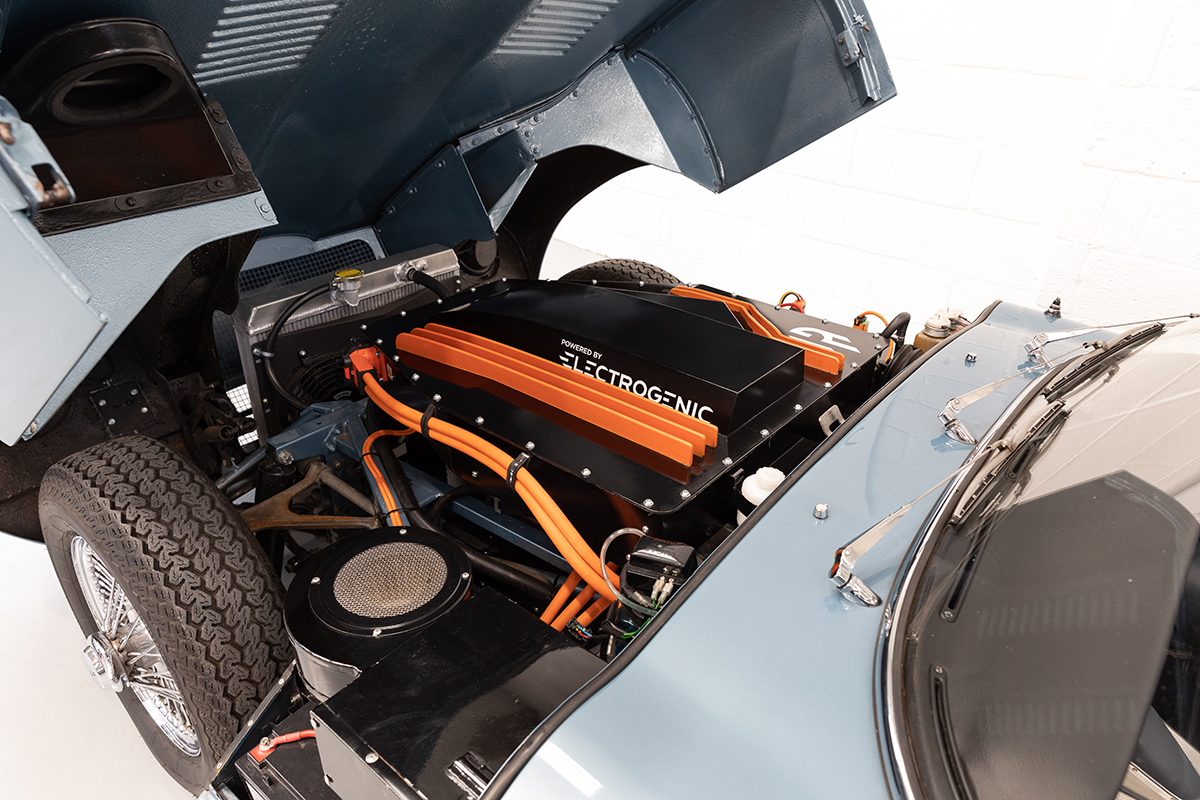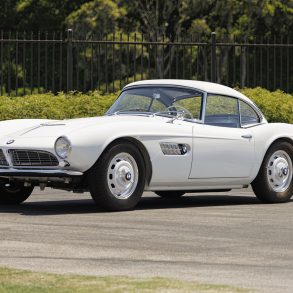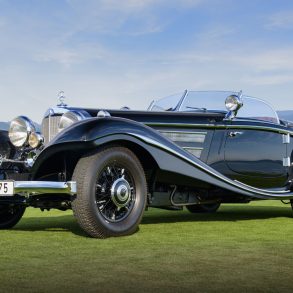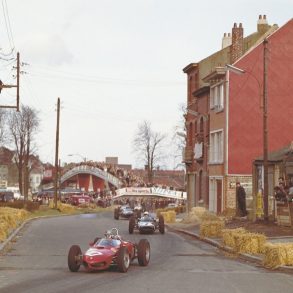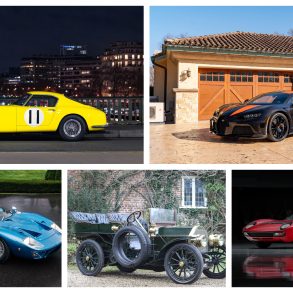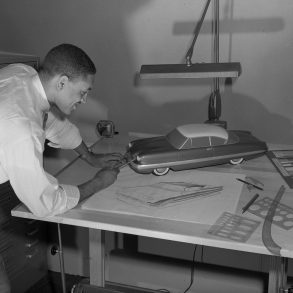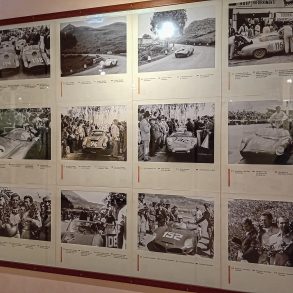As much as it may be against all things petrol-powered and loud, we are smack dab in the middle of the electric vehicle revolution. Cars, trucks, semi-trucks, off-road racing vehicles, motorcycles, and even the basic pedal bike are all getting electric motors these days, and things are only going to go up from here. Many car manufacturers have joined what is (unofficially) called “The Green Promise,” which is a partial replacement of their lineup with electric vehicles by 2030, and a full replacement by 2040.
Some manufacturers whose history and legacy are rooted in petrol power such as Porsche and BMW have joined together to start looking into, and producing, eFuel, or synthetic hydrocarbons using carbon dioxide captured from the atmosphere. Others, such as Audi and Ford, are looking at a complete electrification of their models sooner rather than later.
But what about our beloved classic sports cars? While there is some promise with the eFuel technology that is already in production and used for Porsche Supercup racing, unless and until it is widely adopted, it is going to be hideously expensive. This is where some innovative restomodders have done what many would consider unthinkable, namely pulling out the internal combustion engine of many classic models, replacing them with electric powertrains, allowing these reimagined classics to utilize EV charging stations.
Despite the blasphemy that doing such a thing to a classic may be, today we’re going to look at three different types of classic and vintage models that many consider to be icons of their time, and how they have been converted to astonishingly fast, superb handling EVs!
1967 Charge Cars Ford Mustang Fastback
Right off the bat, we’re looking at a car that defined a generation, the Ford Mustang. When anyone mentions the word “American Muscle Car,” the word “Mustang” is only a few syllables away on someone’s lips. However, even as Ford themselves are converting their cars into EVs, a few specialists have started looking back through time to the most iconic of all Mustangs: The 1967 Fastback.
Hard to believe, but that is an electric sports car. It looks bang on correct in proportions, with just a few touches here and there to make it modern. Image via Charge Cars
Charge Cars is one of those select few specialists, and the only one that doesn’t really do a restomod. Instead, they have copied the dimensions and dynamics of the original ‘67 Mustang and remade it with modern materials. They also have made the body into a semi-monocoque, with the composite battery tray in the floor and behind the seats joining the steel body shell to make a stiff central section. Four electric motors, two up front and two out back, are then mounted into support frames and attached to the body shell.
Almost all of the body panels are carbon composites, and the main central cabin is a semi-monocoque with a carbon composite floor holding the batteries with a steel upper frame. Image via Charge Cars
Lastly, most of the body panels are made of carbon composite materials for strength and lightness, with the fenders being made of chromoly steel. The result is a car that has 63 kWh of battery power, a range of approximately 200 miles, and is capable of both fast charging and supercharging depending on what your local charge infrastructure can provide.
A “modern classic” look to the interior. All the features of an EV, with the feel and look of a classic Mustang. Image via Charge Cars
In terms of power, you’re approaching true supercar numbers. Approximately 540 HP from all four motors combined, putting out a stonking 1,120 lbs-ft of torque. The Charge Mustang will hit 60 MPH in under 4 seconds, and thanks to specially developed wheels and a partnership with Michelin, it can turn corners almost as well as a modern Ford Mustang GT4 race car.
As you’d expect, something like this does not come anywhere near the word “cheap.” Without dancing around it, you’ll need to part with half a million dollars to get one. Only 499 will be built, and most of those build slots are sold. But, this is just one example of electrification of an icon.
1989 Everrati Porsche 911 Signature
Everyone in the classic sports car world knows about the Porsche 911. It’s one of those cars you just can’t avoid, and being honest, why would you want to avoid it? It’s almost the purest definition of what a sports car should look like and how it should feel when driving it. Because of that, there are multiple restomod and upgrade companies out there, such as Singer and Canepa. However, there is only one company that is only doing the restomods with the goal of making the car a fully electric monster.
Perhaps one of the most iconic looks of any sports car ever made… and then Everrati adds a duck-tail on for good measure! Image via Everrati
Located at the midpoint between London and Birmingham in the UK, Everrati takes Type 964 Porsche 911’s and remakes them into glorious beasts that push out over 500 HP and about 350 lbs-ft of torque. While that isn’t world-record territory by any means, it’s how they’ve laid it out that makes their EV solution brilliant without affecting the handling. Instead of trying to lay down a floor of batteries, they have instead stacked them under the bonnet up front, replacing the fuel tank. As you have probably guessed, they put the electric motor where the petrol engine usually goes, so that it remains as close as possible to the correct weight distribution.
None of the main structure is changed, just the panels, the engine, and a few dials here and there. Otherwise, the whole thing is completely reversible to restore it to original factory condition should you want to. Image via Everrati
What’s especially nice is that before they do any of the conversion, they first restore the donor Type 964 to almost as-new condition. Only after it’s been restored does the conversion happen, and while they do pull out certain components, replace many of the body panels with carbon composites, and redo the interior, they do it in a way that makes the whole conversion completely reversible.
The widebody kit of the 911 Signature model gives it a hint of Turbo 3.0, with a smattering of Type 964 Turbo as well. All around, an amazing looking car that goes like stink and looks good doing it. Image vai Everrati
That way, if you, for example, find out that your donor car was a one in a million collectible that is worth far more in original condition, Everrati can rebuild it to the petrol powered version, with the same engine and transmission, as they do not throw away any parts and give them to you at delivery.
Again, this conversion doesn’t come cheap, and you’re looking at around $450,000+ for a full conversion, not including the donor vehicle. However, when you can hit 60 MPH almost on par with modern day Porsche 911 Turbo, but also get a widebody kit and over 200 miles of range per charge? That’s the kind of performance one would expect from such a restomod!
1961 Electrogenic Jaguar E-Type
The Jaguar E-Type, quite simply one of the most beautiful sports cars ever made that inspired an entire era of long nose, short tail British sports cars, is about as iconic as you can get. However, this one is a bit of a special EV conversion, because not only can you get a bespoke restomod from Electrogenic in the UK, you can also get the conversion done anywhere in the world through their partner network with a drop-in kit.
Looks like your standard everyday Jaguar E-Type Series 1, no? Image via Electrogenic
The company will either source for you the specific E-Type that you want, Series 1, 2, or 3 and do a conversion for you. If you can’t make it to the UK or want it done locally, they have partner installers around the globe that can get it done in as little as a week, and the only structural change is adding a mount to the chassis. That’s it.
Nothing really changes except for the engine and the transmission. Otherwise, the rest of the body structure is completely intact. Image via Electrogenic
The inline-six up front is replaced by an Electrogenic E43. E48S, or E62 electric motor, the housing of which also carries the batteries low down and towards the rear. This means that the weight balance of the original car is unchanged, and it will handle like an E-Type should… except it will be a damned sight faster! Where the original E-Type would almost dawdle up to 60 MPH in about 8 seconds, even the slowest of the Electrogenic E-Type models, the E43, will still get you up and going rapidly in under 6 seconds.
If you can’t make it to the UK for your conversion, worry not. This is an Electrogenic drop in kit, the E48S to be specific, that can be installed at any of their 100+ partner installers around the globe. Image via Electrogenic
While the E-Type is the iconic conversion, they also have kits for pretty much anything with four wheels. They have Land Rover conversion kits, Mini Cooper conversion kits, even a Porsche 911 conversion kit. Basically, this is solid evidence that classic sports car conversions to electric are actually not that far fetched of an idea, and are becoming more and more commonplace.
In Sum
There will always be a debate about if a classic is defined by being in its original form, or if it’s been restomodded to a new, more modern version of it. The entire restomod community wouldn’t exist if that discussion was particularly one sided, and it is those restomodders that have embraced electrification.
It is also a viable alternative solution in the coming decade, when the decrease in demand for petrol might see it become quite expensive to offset the change in the market. It may price many people out of the classic sports car scene, but if you can convert that sports car to the more common “fuel” of the future, you can still drive it around to the Concours d’Elegance, or even just take it for a nice drive down a twisty road somewhere.
Isn’t that the point of owning a classic sports car, anyways?


